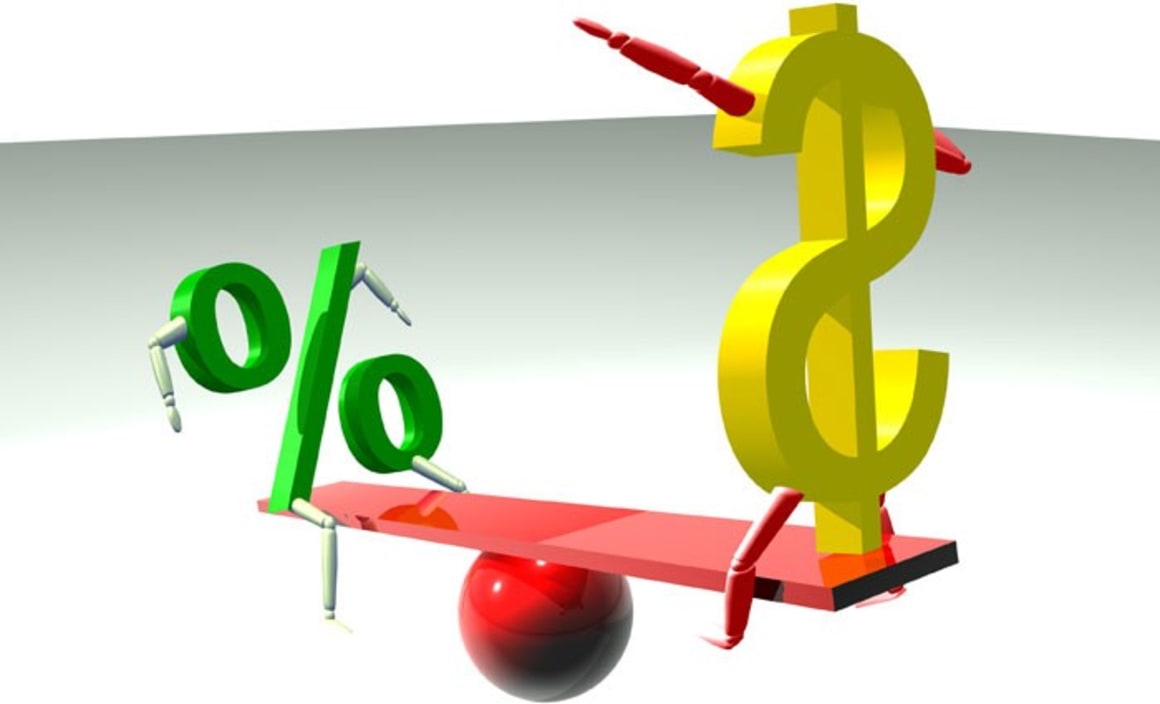10 expert opinions on interest rates: Reserve Bank Survey

Finder.com.au’s Monthly Reserve Bank Survey of 28 leading economists and experts looks to shed some light on interest rates and the thoughts of the Reserve Bank.
Here are comments from 10 of their experts on the current rate environment.
Jonathan Chancellor, Property Observer
“The recent Sydney house price boom, after years of little growth, is not a sufficient trigger for the bank to make any move. The domestic economy appears to be strengthening, but the international outlook looks tricky to draw any firm conclusion ... It was interesting that the RBA has signalled it was looking at macroprudential moves to help contain the current property exuberance. I still reckon they will stick with simply stepping up its public warnings around housing prices and investor activity. A reasonable conclusion is that Australia is unlikely to introduce the New Zealand style of direct macro prudential controls.”
Bill Evans, Westpac
“We do not expect to see the Reserve Bank changing rates anytime over the next year. Indeed, the Bank once again confirmed its intentions in its September board minutes for a period of stability in rates. Westpac expects that, with our expectation of a more favourable economic environment than is anticipated by the Reserve Bank, the next move in rates will be a tightening but not until the second half of 2015, with August currently appearing to be the date for the first move.”
Angus Raine, Raine & Horne
“Inflation is still within the acceptable 2-3% range, and unemployment is holding steady at
Grant Harrod, LJ Hooker
“The economy continues to perform as expected by the RBA. Employment and private investment remains the chief concern, however, these should be helped by the recent softening of the Australian dollar. Housing markets continue to remain buoyant with the growth seen in Sydney and Melbourne having a ripple effect out to the other, more affordable, capital city markets. The associated growth in construction is also helping rebalance the economy. However, price growth and investor demand for housing, especially in Sydney and Melbourne, has seen the RBA raise the prospect of introducing macro prudential measures to help de-risk the market.”
Shane Oliver, AMP
“While housing related indicators are strong, providing a reason not to cut rates further, the rest of the economy is sub-par. Uncertainty remains high regarding how quickly the mining investment boom will unwind, inflation is benign and the Australian dollar remains too high – all of which suggests it's premature to start raising rates. The most recent commentary from the RBA has indicated that a period of stability in rates remains prudent. This language is likely to be dropped well before the RBA starts hiking rates.”
Paul Bloxham, HSBC
“For the moment there's still concern that the labour market has spare capacity, and that they'd like the unemployment rate to be declining before they raise interest rates. By the same token, I don't think they've got scope to cut interest rates any further because the housing market continues to boom.”
John Caelli, ME Bank
“We don’t expect interest rates to change in October despite the Australian dollar falling and concerns about rising house prices. The RBA’s key focus remains on providing conditions to support business investment and employment. That the RBA has flagged macro prudential tools to manage house prices suggests they may be considering options to deal with the situation beyond just interest rates. The RBA minutes continue to refer to a period of stability in interest rates and so we expect any rises in rates won’t occur until the first half of 2015.”
Nicki Hutley, Urbis
“The balance of macroeconomic indicators suggest that growth has improved in 2014 and is close to trend, but is not yet accelerating sharply enough to concern policy makers. Unemployment and subdued wages will keep inflation from rising too quickly for a little longer ... It is easy to think that, because growth and inflation have been modest for a prolonged period, that they will remain so indefinitely. There is clearly momentum building in the economy however and, notwithstanding slower mining investment, this momentum will lift growth and inflationary pressures over the coming year.”
Michael Witts, ING Direct
“The economy is still in transition, and despite the RBA being concerned about the housing market, they would be reluctant to increase rates given the impact on the exchange rate. Also employment data has been highly volatile over the past few months ... The action by the RBA is constrained by the action of US Fed and this will drive local timing. Also the exchange rate is a further constraint, the RBA would like to see the Australian dollar well under 90 US cents.”
David Scutt, Independent Market Strategist
“The RBA will keep the cash rate steady at 2.50% in October, the fourteenth-consecutive month that this has occurred. They will keep their neutral bias and communicate that ‘the most prudent course is likely to be a period of stability in interest rates.’ While on the surface the grounds for a return to a hawkish bias seem to be building, most economic indicators have been improving, the Australian Dollar has fallen while unease towards developments in the established housing market is growing, counteracting those forces are real-negative wages growth, subdued business confidence along with a noticeable deterioration in recent Chinese economic data, something that along with recent USD strength has seen the prices for Australia’s key commodity exports fall sharply. Given that household consumption and non-mining investment will be crucial in offsetting the effects of the slowing mining capital expenditure boom in the years ahead, there are simply too many uncertainties at present for the RBA to adopt anything other than a wait-and-see approach. When, and only when, they see non-mining activity start to accelerate sharply will they begin the process of policy normalisation. If that doesn't occur, not my baseline forecast but certainly a possibility, an extended period of policy stability, or even further easing, appears likely.”
Source: Finder